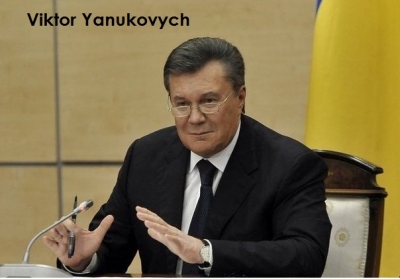
On 30 March 2012, the European Union (EU) and Ukraine had initiated an Association Agreement that would establish a political and economic association between the parties. This included equal rights for workers, steps towards a visa-free movement of people, the exchange of information and staff in the area of justice, the modernisation of Ukraine’s energy infrastructure, and access to the European Investment Bank.
However, towards the end of 2013, President Viktor Yanukovych and his government backed off from signing the agreement with the EU. Instead, the government chose closer ties with Russia, which was Ukraine’s second-largest trade partner. Russia had at the same time been pressing Ukraine to join the not-yet-formed Eurasian Economic Union.
This last-minute opting out from signing the agreement dimmed the possibility of Ukraine’s integration with the EU. A majority of the Ukrainians felt the decision was a violation of human rights and betrayal by the government. This ignited a country-wide protest in support of the integration, known as the Euromaidan crisis. The protesters called out for the resignation of Yanukovych’s government. Hundreds were killed and injured in the conflict, which is the bloodiest to have ever happened in Europe since the Balkan Wars of the 1990s. It eventually led to the Ukrainian ‘Revolution of Dignity’ and the expulsion of Yanukovych in February 2014.
The agreement was finally signed a few months later by the new Ukrainian President Petro Poroshenko and came into force in September 2017. It is described as Ukraine’s “first but most decisive step” towards EU membership.
The term ‘Euromaidan’ is composed of ‘Euro’ for Europe and ‘Maidan’ for open space (Arabic word). It refers to the ample open space, by the name Maidan Nezalezhnosti, in the downtown of Kyiv, Ukraine, where the protests mostly took place.
Picture Credit : Google




